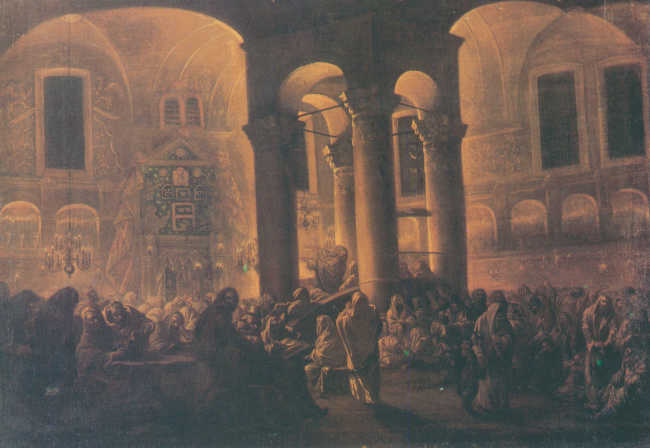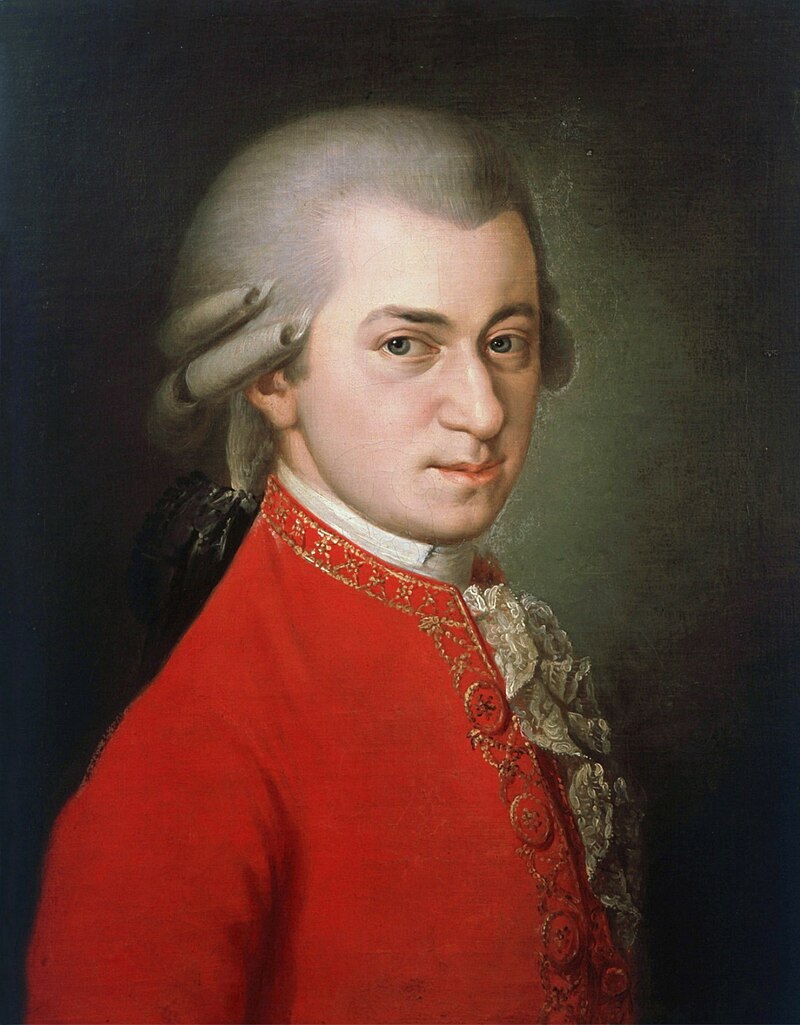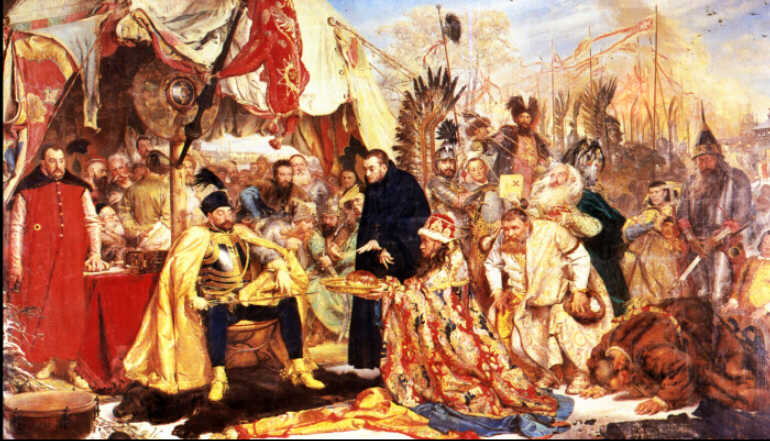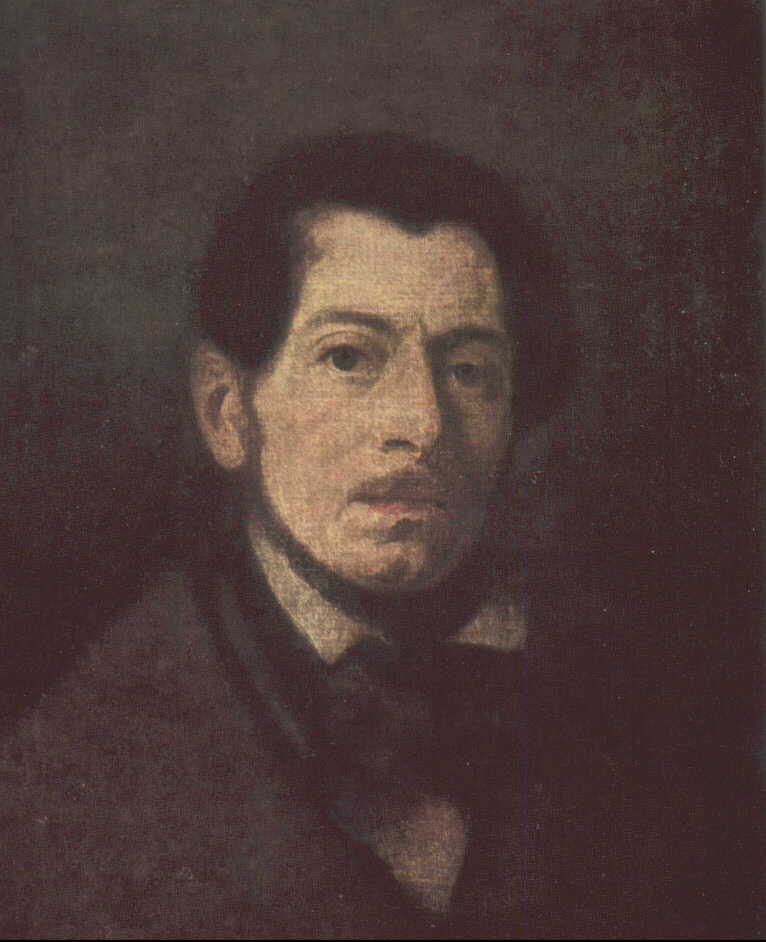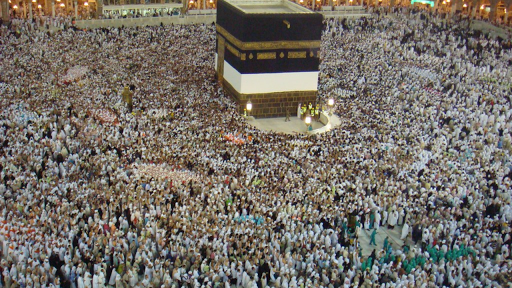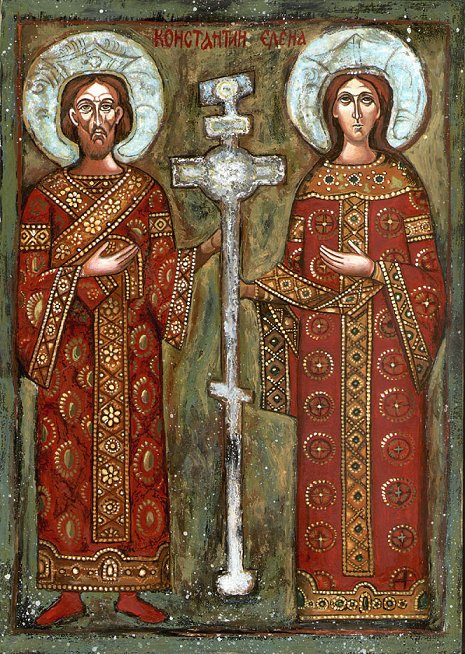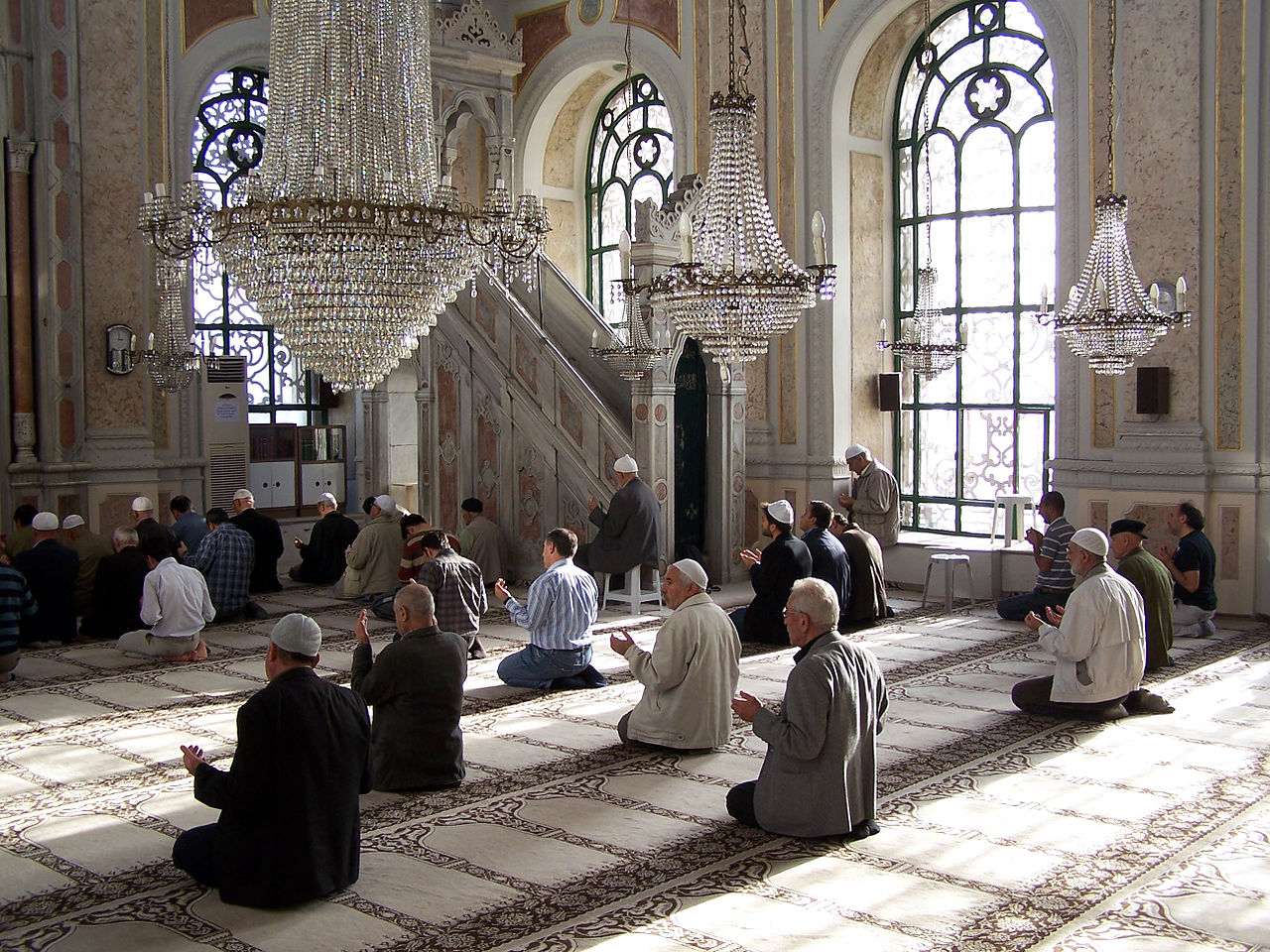 Madrasa – Muslim school for teaching religion, usually situated in the company of a mosque, less often as a separate assumption. The Koran and tradition were taught in madrasas (hadith – the oral transmission of Muhammad's teachings), with particular emphasis on canon law. The madrassa building was usually built on a rectangular plan, there was an open courtyard inside, and lecture halls were located around it (often in shape - livans), rooms for students and —mescit.
Madrasa – Muslim school for teaching religion, usually situated in the company of a mosque, less often as a separate assumption. The Koran and tradition were taught in madrasas (hadith – the oral transmission of Muhammad's teachings), with particular emphasis on canon law. The madrassa building was usually built on a rectangular plan, there was an open courtyard inside, and lecture halls were located around it (often in shape - livans), rooms for students and —mescit.
Mihrab – niche in - mosque, placed on the wall in the direction of - the toilet, Christian type - apse. Prayers are turning towards the mihrab which marks the direction of Mecca.
Mimber is a kind of pulpit in a mosque, placed nearby - the mihrab (mostly on its right), from which, during the Friday prayer - imam preached a sermon.
Minaret- tall, slender tower with balconies, erected next to - mosques or - madrasahs, from which - the muezzin called the faithful to prayers.
muezzin – a lower Muslim clergyman calling the faithful five times a day to pray. The muezzin called for prayer from the balcony on the minaret, but from the mid-twentieth century. sound systems began to be installed in the minarets.
Naos — eyebrow.
Nargile – traditional water pipe with a slim shape and a decorative smoking tube.
Narteks – indoor, vestibules transverse to the nave in early Christian and medieval temples – internal (esonarteks) or external (exonartek, ew. exonarthex) – in front of the facade of the temple.
Odeion (odeon) – antique indoor theater-shaped building, but smaller; music and singing competitions were held here.
Lecture – building included in the - gymnasium, built on a square plan, open, in the shape of a courtyard, surrounded by - porticoes. Sports exercises were held in the bar – zapasy i boxes, here, too, people gathered for various disputes.
Pendentives – concave and spherical architectural element constituting the transition between the rectangular base of the building (two corners) a round dome.
Peripteros – ancient temple surrounded by one row of columns.
Peristyle – columnar porch surrounding an open courtyard or building, also a small garden surrounded by a colonnade (— porticium).
pilaster – an architectural element imitating a pillar, placed in the facade of the building, slightly protruding in front of the face of the wall. It has a constructional and decorative function.
Porch – open columnar porch (or pillar) situated in front of the facade of buildings (m.in. churches), not infrequently a component part - the peristyle, also a separate building (— stoa).
narthex – vestibule of classical Greek and Roman temples, with a row of columns in front, and bounded on the side by walls.
Propylon – a free-standing arch or pylon-shaped gate, that is, the ancient Egyptian rectangular towers tapering at the top, flanking portal leading to the temple.
Ramadan (should. Ramazan) – the ninth month in the lunar Muslim calendar, when strict fasting and abstinence are obligatory from sunrise to sunset.
Skene – part of the theater; building adjacent to the circular stage, in which the actors changed their clothes and prepared for the performance, often two-story.
Stadium – in ancient Greece, a racetrack with an amphitheater audience. It performed functions similar to - a hippodrome, but apart from horse racing, there were also athletics competitions.
Stoa – in ancient Greek architecture a free-standing columned porch (or hall), mostly closed at the back with a wall. The Stoa often served as covered walkways, pulling along the street; They were also placed near the agoras.
Stylobat – the basis in ancient architecture, on which the temple colonnade was located.
Sadivan – ablution fountain situated next to mosques, where the faithful perform ritual ablutions before prayer.
Serefe – balcony, a little gallery placed on the minaret.
Tabhane – hostel in ottoman turkey, a poorhouse for the faithful, included - kulliye.
Transept - transverse nave in churches built on a cross plan, usually located between the nave and the chancel.
Correct – monogram of the sultans in the form of decorative calligraphy, accompanying important documents.
Turbe – ornate Islamic tomb in the form of a polygonal tower, mostly with a conical cover; the ordinary is also known as turbe, undeveloped funerary monument.
Dulcimer – in classical architecture, a triangular or segmented field - a pediment, around which ran the cornice. The tympanum was mostly filled with a bas-relief.
Westybul – vestibule in a secular building (however, this name is also used in religious architecture), kind of hallway, move to the next one, mostly the main hall.
Vizier – the highest state dignitary in many Muslim countries. In Turkey, viziers were part of the sultan's council – the grand vizier was the equivalent of today's prime minister, and even had more powers.
